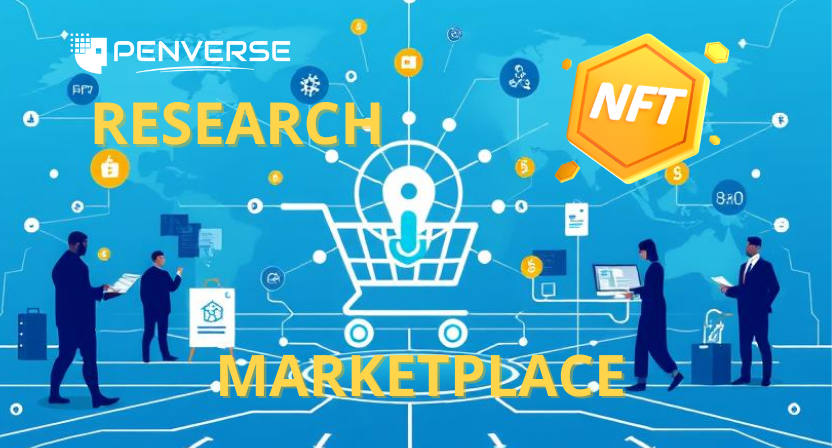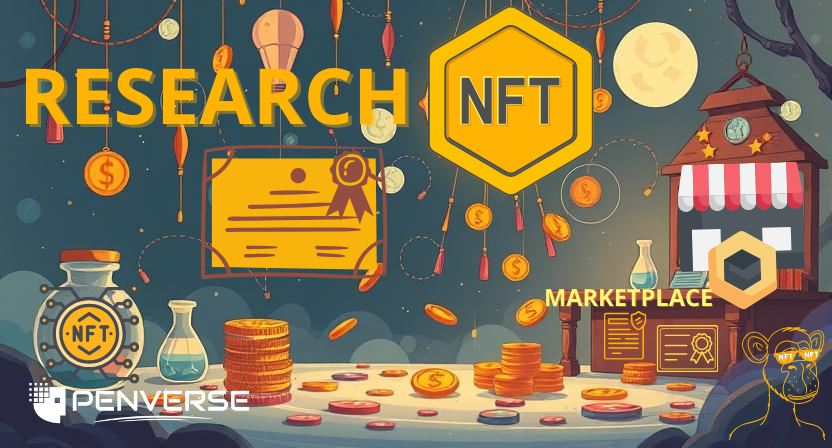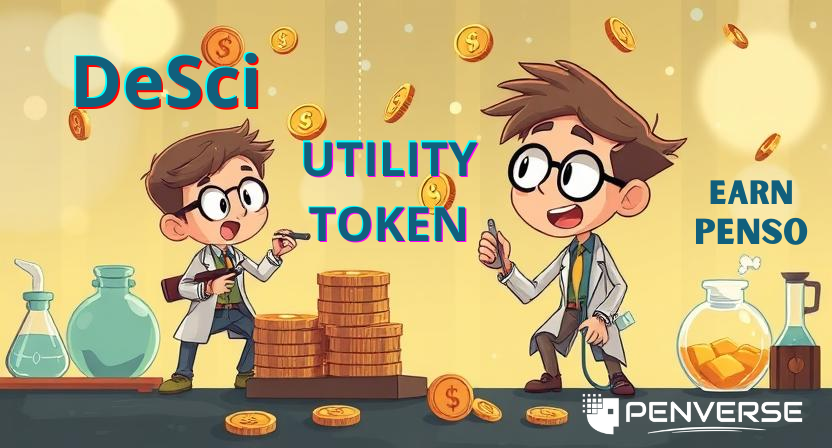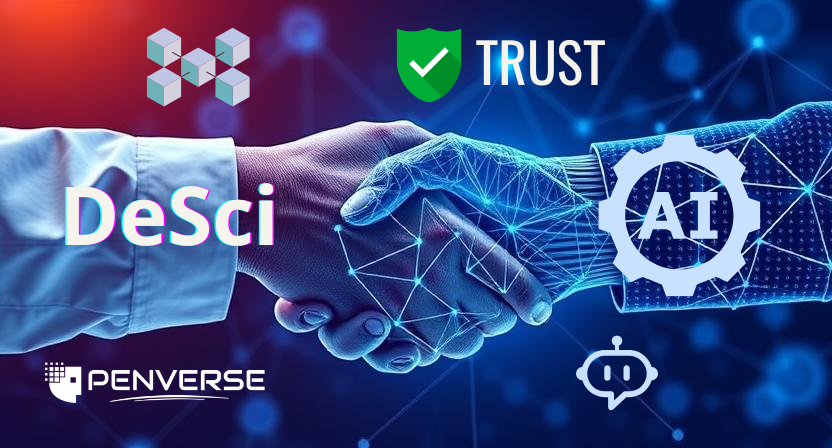Democratizing Science: Open Research for Everyone!

Scientific research has always been a cornerstone of human progress, leading to groundbreaking discoveries in medicine, technology, and beyond. However, for decades, access to scientific knowledge has been limited by institutional gatekeeping, paywalls, and funding restrictions. Research that could benefit humanity remains locked behind expensive journals or controlled by elite institutions. This has created a disparity between those who have access to knowledge and those who do not. The Open Science movement seeks to change this by making research freely available to everyone, fostering global collaboration, and breaking down barriers to knowledge.

The emergence of Decentralized Science (DeSci) has further accelerated this movement. Through blockchain technology, AI-driven research automation, and decentralized funding mechanisms, DeSci is shifting the power from traditional institutions to a community-driven research ecosystem. Penverse, a leading DeSci platform, is at the forefront of this transformation, ensuring that research is open, transparent, and accessible to all.
Why Open Science is Needed
Open Science is crucial for overcoming the long-standing barriers in scientific research. Many of the world's urgent issues, from public health crises to environmental sustainability, demand collective efforts across disciplines and global communities. Yet, the existing research infrastructure often limits these collaborations rather than fostering them.
A prime example is pharmaceutical research, where companies prioritize profit-driven studies over broader scientific advancements. Many medical breakthroughs take years to reach the public because they are locked within corporate patents or high-cost journals. Similarly, climate science data, despite being essential for global policy decisions, is often inaccessible to independent researchers due to paywalls and institutional ownership.
A recent analysis found that 67% of all scientific studies remain behind paywalls, while 82% of global research funding is allocated to a handful of elite institutions. This imbalance restricts knowledge dissemination, impedes collaboration, and slows down scientific progress. Open Science provides a transformative solution—one where research is freely shared, funding is distributed equitably, and discoveries benefit society as a whole rather than being limited to select institutions.
How Open Science Works
Open Science promotes the free exchange of knowledge, ensuring that research findings are available to everyone, not just those affiliated with prestigious institutions. This involves several key components:

1. Open-Access Publishing
Traditionally, researchers must pay hefty fees to publish in high-impact journals, and readers must pay to access these articles. Open-access platforms eliminate these barriers by making research available for free to anyone with an internet connection.
2. Decentralized Funding
Instead of relying on government grants or private institutions, Open Science platforms use decentralized autonomous organizations (DAOs) and cryptocurrency-based funding models to support independent researchers. This democratizes the funding process and ensures that critical research receives financial backing, regardless of institutional affiliations.
3. Transparent Peer Review
Traditional peer review processes can be slow, biased, and opaque. Open Science introduces blockchain-based peer review, where reviews and comments are publicly recorded, ensuring transparency, faster evaluations, and reduced bias.
4. Open Data and Collaboration
Instead of locking research data in institutional repositories, Open Science encourages public data-sharing. Scientists from different fields and countries can collaborate, improving reproducibility and accelerating discoveries.
Traditional Science vs. Open Science
| Aspect | Traditional Science | Open Science |
|---|---|---|
| Access to Research | Restricted by paywalls | Free and publicly available |
| Funding Model | Controlled by institutions | Community-driven funding (DAOs, crypto grants) |
| Peer Review | Slow, closed, and biased | Transparent, blockchain-backed peer review |
| Collaboration | Limited by institutional policies | Open, global, and borderless collaboration |
| Data Ownership | Retained by institutions and publishers | Researchers retain full ownership |
| Innovation Speed | Slowed by bureaucracy | Accelerated by open collaboration and AI-powered tools |
The shift from institution-controlled science to community-driven, transparent research is revolutionizing the way discoveries are made and shared.
Real-World Examples of Open Science in Action
1. The Human Genome Project
The Human Genome Project, completed in 2003, is one of the most successful examples of Open Science. By making genetic data available to researchers worldwide, it accelerated discoveries in genetics, leading to advances in personalized medicine and biotechnology. Had this project been restricted to a few institutions, progress would have been significantly slower.
2. COVID-19 Research Collaboration
During the COVID-19 pandemic, researchers around the world openly shared data on the virus’s genome, symptoms, and treatment protocols. This unprecedented level of collaboration led to the rapid development of vaccines and treatments, saving millions of lives. Open Science played a crucial role in accelerating solutions.
3. Decentralized Science (DeSci) Projects
- VitaDAO funds longevity research through blockchain-based decentralized governance.
- ResearchHub incentivizes knowledge sharing by rewarding researchers with tokens for contributions.
- DeSci Labs is building decentralized networks for secure and transparent research data distribution.
These projects show that Open Science isn’t just an idea—it’s already happening.
How Penverse is Advancing Open Science
While many Open Science initiatives exist, Penverse is uniquely positioned to bring Open Research to everyone. By integrating AI, blockchain, and decentralized funding, Penverse creates a frictionless ecosystem for scientific collaboration and discovery.

1. AI-Powered Research Assistance
Penverse leverages AI to automate literature reviews, hypothesis generation, and data analysis, allowing researchers to focus on innovation instead of administrative work.
2. Decentralized Funding Mechanisms
Through the PENSO token economy, Penverse democratizes research funding. Scientists can receive grants from community-driven DAOs, eliminating the bias of traditional funding models.
3. Blockchain-Backed Peer Review
Penverse ensures transparency by recording peer review comments on a blockchain, making research validation faster, unbiased, and fraud-resistant.
4. Global Collaboration Hub
Unlike traditional institutions that limit collaboration to members, Penverse creates a borderless research network where anyone—scientist or citizen—can contribute to discoveries.
By combining these elements, Penverse is not only supporting Open Science but actively leading the charge toward a decentralized, accessible, and innovation-driven research landscape.
The Future of Open Science is Now
The movement towards Open Science and DeSci is no longer a distant vision—it is happening now. As institutions struggle to adapt to the demand for transparency and accessibility, platforms like Penverse are paving the way for a future where research belongs to everyone.
Open Science ensures that breakthroughs happen faster, knowledge is freely accessible, and funding is fairly distributed. With blockchain-backed transparency, AI-powered collaboration, and decentralized funding, the future of research is no longer in the hands of a few gatekeepers—it is open to the world.
🚀 Join Penverse and be part of the Open Science revolution today! 🚀




